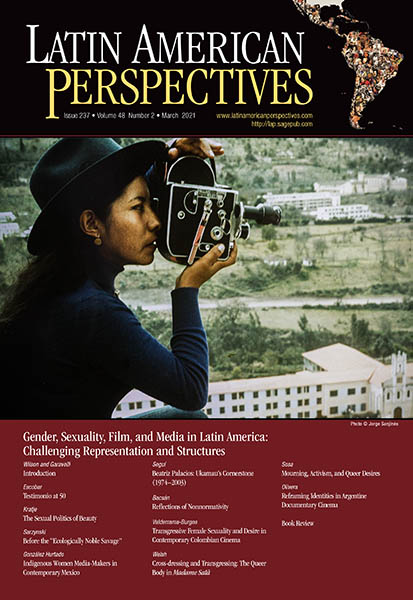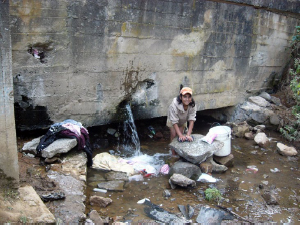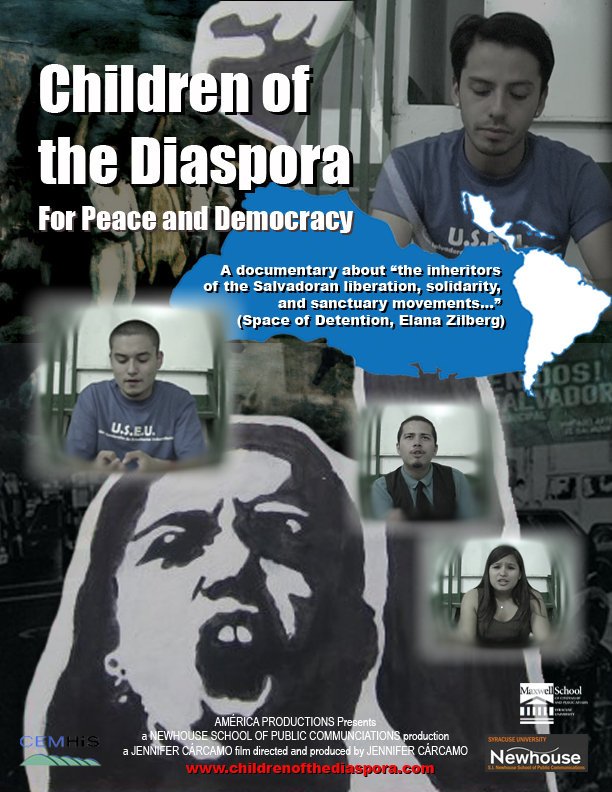 By: Kristi M. Wilson and Tomás Crowder-Taraborrelli
By: Kristi M. Wilson and Tomás Crowder-Taraborrelli
Paraíso for Sale, directed by Anayansi Prado (also the director of Maid in America, 2005, and Children in No Man’s Land, 2008), treats the topic of Canadian and American retirees’ looking to stretch their dollars, buy second homes, and unwind in the sun by relocating (often permanently) to the Caribbean. It presents ample evidence of the looting of prime real estate in the Caribbean, where international corporations disembark with billions of dollars, pressure the locals to sell their land, and entice politicians not to enforce the law or, worse, to break it. The film’s voice-over narration suggests that this residential tourism invasion is an extension of earlier incursions from the North: “The U.S. has invaded Panama before with its armies. This invasion comes armed with golf clubs and dreams of an idyllic American retirement.” The few courageous locals who, for moral or practical reasons, resist the temptation to sell their land find themselves entangled in endless litigation with corporations and their teams of lawyers. Paraiso for Sale highlights Bocas del Toro, a string of islands that, before foreigners arrived to develop resorts and displace native populations, was once a small, quiet province of Panama. The film’s real-life drama centers on the following principal characters: Dario Vanhorne, an Afro-Panamanian tour guide; Karan and Willy Schreiber, an American retired couple who moved to the area before it was “discovered”; and Feliciano Santos, an indigenous activist. Karan and Willy appear to be sympathetic to Bocas’s customs and community (they give back to the community through their educational foundation, the Bocas Educational Service Organization) but are proud of their exclusive status among the earliest foreign landowners in the area. Like other pioneer foreign retirees, they were initially interested in Panama because of its dollarized economy and affordable health care. Ironically, their property, like those of indigenous residents, is now threatened by the foreign developers’ relentless pursuit of beachfront property. International pop star and actor Ruben Blades appears briefly in the film, since he was minister of tourism in 2004. He is in favor of foreign tourism but critical of development in Panama, where the locals are losing control of basic resources such as electricity, gas, water, and land. He points out that no land registry has been done since 1970 and no one knows who owns what land, a situation that makes indigenous land claims precarious. The string of islands was “discovered” on a grand scale by U.S. retirees and developers 10 years ago. Consequently, land values have increased, making the area seem more like other desirable destinations such as Costa Rica, Puerto Rico, or Hawaii. Not surprisingly, Richard Kiibler, vice president of operations of Six Diamond Resort, offers a neoliberal perspective on development in the film.
 Kristi Wilson is an assistant professor of rhetoric and composition and affiliate assistant professor of humanities at Soka University of America. Tomás Crowder-Taraborrelli is a visiting assistant professor of Latin American studies at Soka University of America. Together they are editors of Film and Genocide (2012).
Kristi Wilson is an assistant professor of rhetoric and composition and affiliate assistant professor of humanities at Soka University of America. Tomás Crowder-Taraborrelli is a visiting assistant professor of Latin American studies at Soka University of America. Together they are editors of Film and Genocide (2012).
Karan and Willy, Dario, and Feliciano all try to resist the neoliberal forces of international development. Toward the end of the film, Karan decides to sell her dream house with an ocean view because she can no longer withstand the pressure from real estate agents and their investors. Besides, she says, the island is no longer the paradise they once owned a share of. The film ends with Karan’s assessment of her time in the islands: “It is the end of our Boca adventure.” After spending a significant part of their retirement nest egg on lawyers, she and Willy move to another province in Panama. In spite of their experience, their faith in the Panamanian democratic system remains intact. Not so with Dario and Feliciano.
Feliciano’s claims to the land date back to a Panamanian law granting the property rights to those who have occupied and worked abandoned lands for more than 20 years. The film profiles his struggle with a white U.S. owner who claims to have legally purchased his land. The most politicized of the protagonists, Feliciano makes frequent reference to the Spanish conquest throughout the documentary. He is one of the leaders of the Movimiento por la Defensa de los Territorios y Ecosistemas de Bocas del Toro, an organization that fights for the rights of native communities to own land collectively. In spite of their legal rights to land, indigenous people, according to Feliciano, are constantly harassed by “gringos,” in particular the lawyers and managers of large multinational investment companies. The film highlights indigenous peoples’ acts of resistance to such occupation, such as cutting highways and blocking traffic. Dario is perhaps the most charismatic of the main characters. During the day he runs a company that provides boat tours around the isthmus, and at night he plays guitar in a hotel bar. Dario considers the construction boom a threat to the cultural harmony and ecological well-being of the islands of Bocas del Toro. Toward the middle of the film we see him deciding to run for mayor as an independent candidate, despite the fact that he has little money to invest in his campaign and very little political experience. During his campaign he presents himself as an opponent of land evictions and promises remote communities access to main roads.
The most significant difference between Dario and Feliciano is that the latter does not believe in traditional politics, as the Panamanian government does not seem to support his constitutional right to stay on his land when faced with foreign investment capital. He prefers to spend his time organizing his community to bring its claims to national and international attention. In contrast to Dario, Feliciano sees himself and his community (the Ngobe Bugle people) being pushed into a combative position that will probably lead to violence. Dario runs for office and loses by a few votes. He says that he is disillusioned with the electoral process. “Politics is a fraud,” he says. “I will never even vote again, because to vote you have to believe in the system.” In the end, he turns to his church and community for solace.
Feliciano’s legal battles take over the latter part of the film. We travel with him to the United States, where he participates in a congressional hearing on the rights of indigenous people and speaks at the United Nations. The hearing is presented as a step forward in Feliciano’s struggle; he hopes that the U.S. government will put pressure on the Panamanian government to support indigenous communities. The film fails, however, to call into question the integrity of the U.S. Congress, which favors tax laws and fiscal policies that tend to increase the purchasing power of corporate elites. In an effort to
maintain an objective stance, it misses opportunities to offer a more structural critique of the problem of new forms of colonialism through the flow of investment capital. Prado’s film presents some compelling evidence in its exploration of the opposing ideologies of indigenous land occupation and the “gringo” approach of land purchase and ownership. However, the interviews feel formulaic at times, giving the scenes a rehearsed feel. While Latin American Perspectives readers will undoubtedly be familiar with the sad drama that plays out in the film, it holds deep pedagogical promise for those of us who teach about neoliberal economic policies, neocolonialism, and, in particular, the complex issue of property and resource rights in Latin America. Paraíso for Sale is not an optimistic film. It does not offer many alternatives inhabitants of the
Caribbean might use to resist the current wave of foreign investment. Rather, it offers an array of failed or ambiguous approaches: the state doesn’t work, running for office fails, the well-intentioned American loses her home on the island (we never learn what happens to her foundation), and the outcome of Feliciano’s strategy of resistance is unclear. Needless to say, as the film illustrates, this onslaught will have dire consequences for the survival of the cultural and economic traditions of communities like Bocas del Toro. One of the film’s strengths is that audiences are left to decide for themselves whether existing legal and political systems are too corrupt to offer protection to the native residents, who are fast becoming, as one local suggests, “invaders.”





